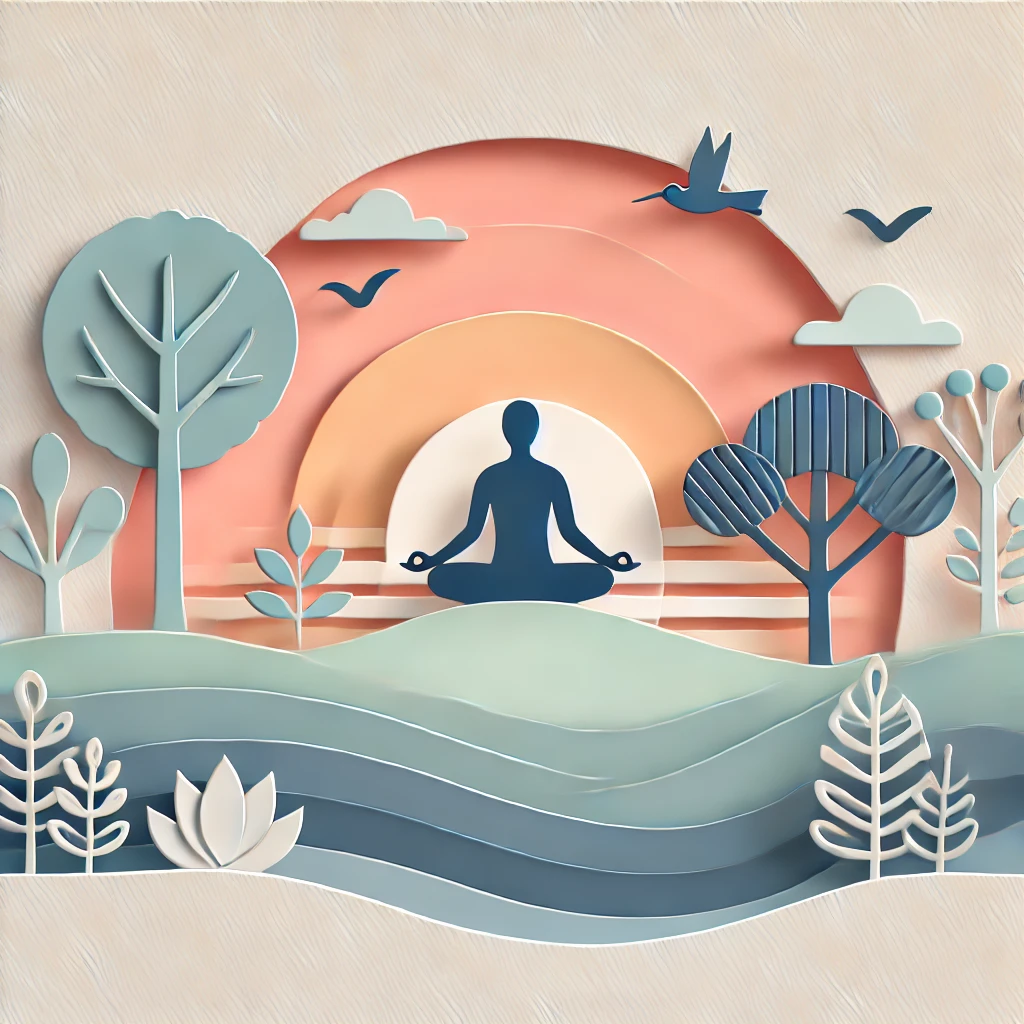How to Find Peace in Reflection
In a world brimming with constant noise, productivity demands, and relentless connectivity, it can feel nearly impossible to find a moment of peace. We often chase external highs—accomplishments, social validation, or even just the next thing on our to-do list. But sometimes, the most transformative experiences aren’t found in the hustle. They’re found in the quiet.
Reflection allows us to step back from the chaos and reconnect with our deeper selves. Yet, this essential practice often feels out of reach in our fast-paced lives. The tension builds as we try to juggle work, relationships, and personal goals, leaving little space for the inner stillness we crave.
Here’s the truth: no amount of external validation can fill the void created by a lack of self-awareness. To live meaningfully, we must learn to carve out moments of stillness and reflection. The following strategies can help you create that space while relieving the tension that builds up from daily stressors.

Tension-Relieving Activities to Support Reflection
1. Grounding Through Breathwork
• Why it works: Stress often shortens our breath, keeping us in a cycle of fight-or-flight responses. Conscious breathing grounds you in the present moment, calming your nervous system.
• Activity: Try the 4-7-8 method. Inhale deeply for 4 seconds, hold your breath for 7 seconds, and exhale slowly for 8 seconds. Repeat 4 times, focusing on the sensation of your breath.
2. Journaling for Release
• Why it works: Writing helps untangle thoughts and emotions, making them easier to understand and process.
• Activity: Set a timer for 10 minutes and engage in free writing. Don’t worry about grammar or structure—just let your thoughts flow. If you’re stuck, start with prompts like: “What’s been weighing on my mind?” or “What am I grateful for today?”
3. Progressive Muscle Relaxation (PMR)
• Why it works: Tension often manifests physically. PMR helps you release built-up stress in your body by focusing on each muscle group.
• Activity: Lie down in a comfortable position. Starting at your toes, tense each muscle group for 5 seconds, then release. Gradually work your way up to your head. Notice the difference between tension and relaxation.

4. Mindful Walks
• Why it works: Movement paired with mindfulness helps break cycles of overthinking while connecting you to the present.
• Activity: Walk slowly and intentionally. Focus on the sensation of your feet touching the ground, the sound of your steps, and the rhythm of your breath. Let go of distractions—no phone, no music, just you and your surroundings.

5. Artistic Expression
• Why it works: Creative activities tap into emotions that words can’t always articulate, offering a different avenue for release.
• Activity: Choose an artistic outlet like drawing, painting, or playing a musical instrument. Don’t aim for perfection—focus on expressing what you feel in the moment.
6. Guided Visualization
• Why it works: Visualization helps your mind escape stress by creating a mental space of calm and possibility.
• Activity: Close your eyes and imagine a place where you feel completely at peace. It could be a beach, a forest, or even a room in your home. Picture every detail vividly—what does it smell like? What sounds do you hear? Spend 5–10 minutes immersed in this mental sanctuary.
7. Gratitude Practices
• Why it works: Shifting focus to what you’re grateful for counteracts stress and rewires your brain for positivity.
• Activity: Each evening, list three things you’re grateful for and why. Be specific. For example, instead of saying “I’m grateful for my family,” you might write, “I’m grateful for the hug my daughter gave me this morning—it reminded me of our bond.”

Incorporating Stillness Into Daily Life
• Create a Ritual: Choose one or two activities from the list above and commit to them daily. Ritualizing these moments ensures they become a natural part of your routine.
• Set Boundaries: Protect your reflective time by saying no to unnecessary distractions. Silence notifications, step away from social media, and let others know when you need solitude.
• Start Small: If the idea of setting aside 30 minutes feels overwhelming, start with 5. Consistency matters more than duration.
The Takeaway: A Space for Yourself
In the pursuit of life’s highs, don’t forget the power of the low, steady hum of reflection. Tension will always find its way into your life, but by carving out moments of stillness, you gain the tools to face it with grace. Reflection isn’t a luxury—it’s a necessity for anyone seeking balance, clarity, and peace.
Start small. Start now. In the stillness, you’ll find yourself again.





